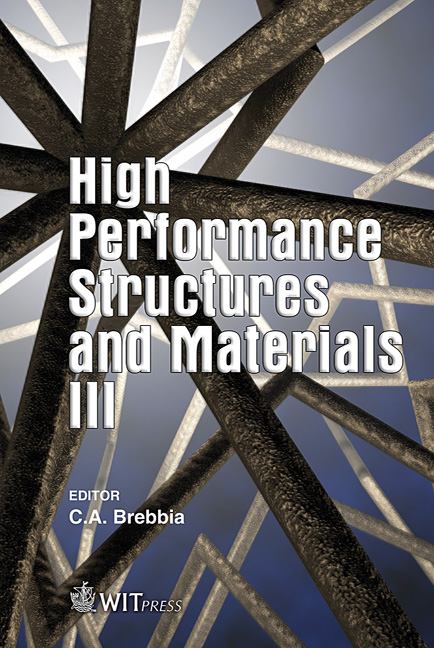The Hendrickx–Vanwalleghem Design Strategy
Price
Free (open access)
Transaction
Volume
85
Pages
10
Published
2006
Size
1,643 kb
Paper DOI
10.2495/HPSM060611
Copyright
WIT Press
Author(s)
W. Debacker, C. Henrotay, W. P. De Wilde & H. Hendrickx
Abstract
The optimisation of structures and materials is a justifiably popular engineering topic. Contemporary research is concentrated, among others, into cost minimisation, structural efficiency and intelligence, in compliance with environmental and social preservation. As a counterpart this paper puts the accent on the time dependent aspect of constructions, such as the life cycle cost, the possibility to make (non-) structural changes and recycling or reuse of building material. In search of an optimisation of this ‘dynamic’ efficiency of constructions, a design strategy has been developed at the Vrije Universiteit Brussels (Departments of MeMC and ARCH). This strategy is presented here. It considers the temporal character of constructions from the first sketches onwards. Keywords: adaptability, reuse, design strategy, construction kits, generating system, temporal/temporary. 1 Introduction In society buildings have been - and still are - designed in terms of end states. The moment the first sketches are drawn, the construction’s finality is planned or denied. Because of their static nature, which they acquired ab initio, most buildings are not suited to meet the demands of a quickly changing society. As a result many building components end up as waste or are brought back in circulation by means of expensive and consuming industrial processes. Changing functions, quickly evolving living and building trends, the amount of new materials and improved techniques… are some mutations the built environment has to go through and has to provide appropriate answers to. Although humans
Keywords
adaptability, reuse, design strategy, construction kits, generating system, temporal/temporary.





